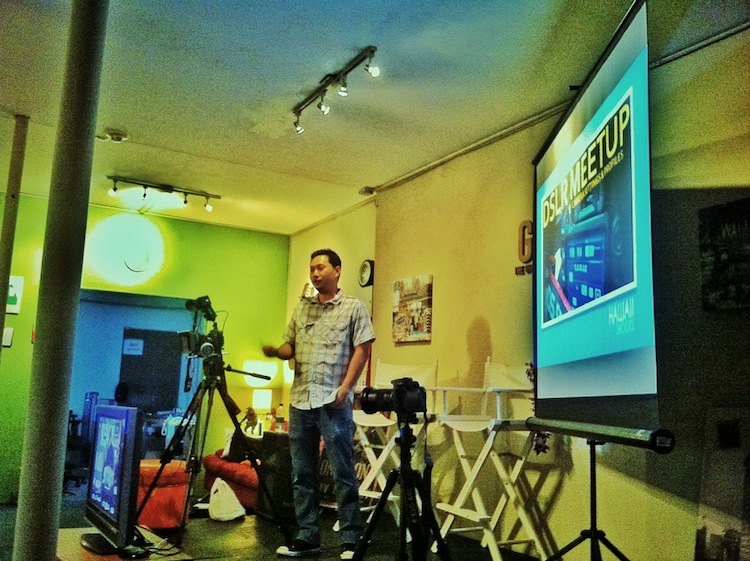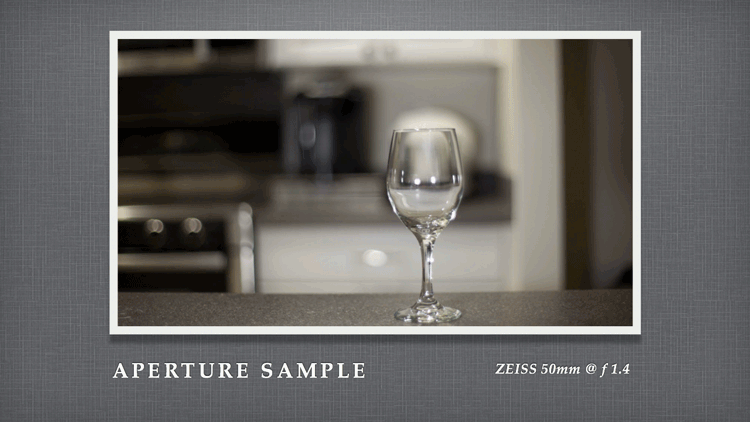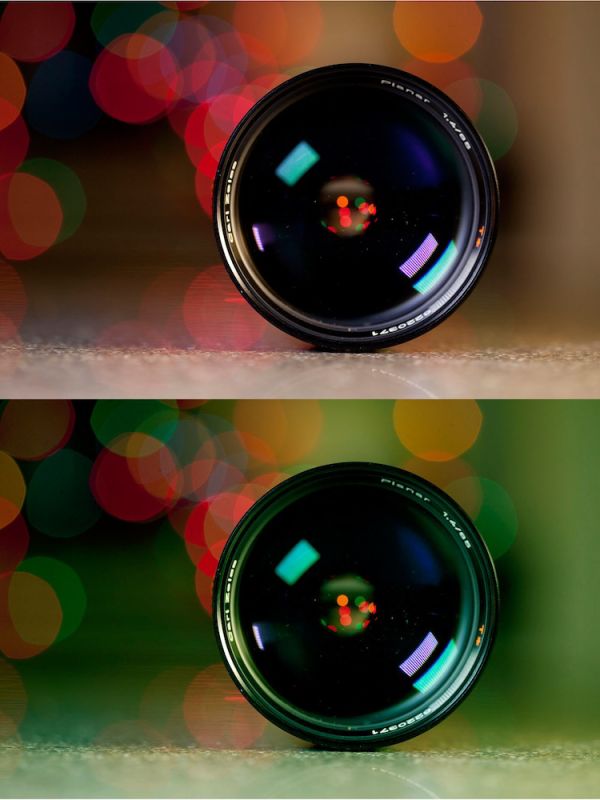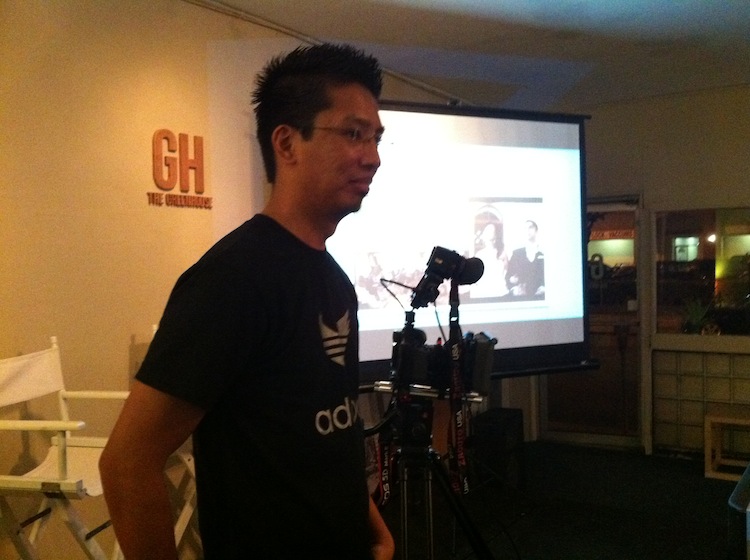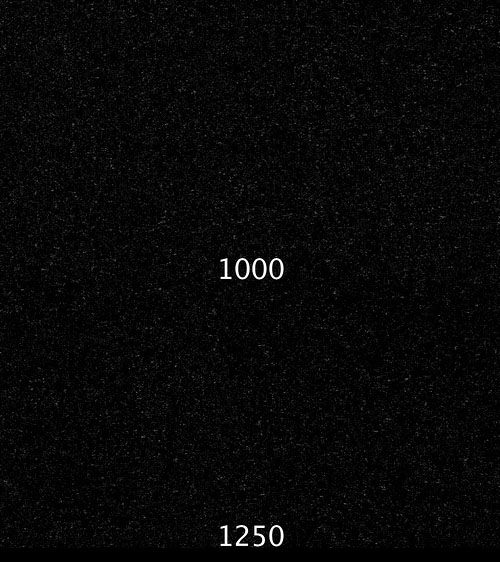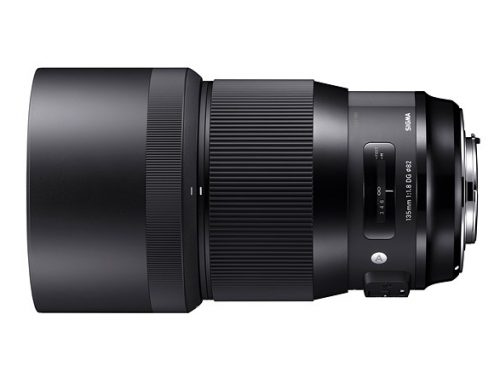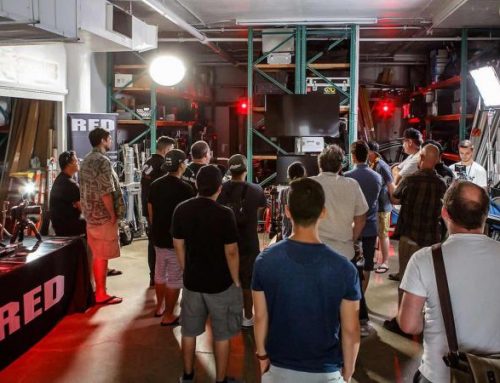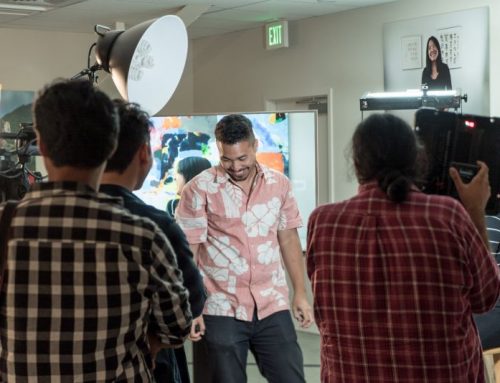Continuing from where we ended off last, our second DSLR meet up centered around discussing some fundamental shooting essentials. We discussed programming DSLR settings and profiles for ideal shooting. I started off the night chatting about aperture, shutter speed (shutter angle), white balance and ISO.
One of the most basic reasons the Canon 5DmkII was such a ground breaking piece of technology for the indi film and video production crowd was that it had the potential to create an image with an incredible shallow depth of field. Simply put, shallow depth of field creates a separation between your subject and the background, allowing you to designate and isolate your subject for the audience. There really is not much of a conversation about depth of fiend without first discussing aperture. Which was our first topic of the night. This is a sample of the same image shot at different apertures:
Most people typically associate shutter speed with the actuation (opening and closing) of the shutter on a camera as it does when taking a still image. When shooting video, the shutter designation actually refers to the shutter angle rather than shutter speed. Check out these great articles for more in depth info on shutter angles.
Wiki
ProVideo Coalition
If you’re not up for the reading, just remember on Canon DSLRs you should try to double your frame rate with your shutter angle. So if you’re shooting at 24fps try not to excede a shutter angle of 1/50 for the best motion results. 30fps=1/60, 60fps 1/120.
Here’s my quick shutter angle test demo. Notice the water splash details:
One of the most critical and essential settings to master is white balance.
Joel Campos of Studio Red Wedding Cinema joined us again as a guest speaker and he shared some tips on setting custom white balance while shooting run & gun wedding events.
We also discussed the ISO settings. Ever since I started shooting with my Canon DSLR I’ve been using what many have described as the native ISO settings (160,320, 640, etc.). Recently I found a great article refuting the notion of the 160 native ISO theory. Check out this ISO article by Josh Silfen refuting the common misunderstanding of native Canon ISOs.
Check out some of the gear we discussed:


